Look out for the white reflex in a child’s eye
Retinoblastoma is a rare and unique cancer that forms in the eyes of children, often before they are born. It is a complicated disease triggered by genetic mutations in one or more cells of the retina. The incidence of retinoblastoma is 1 in 20,000 live births, with about 1500 children being diagnosed in India each year. It is the most common intraocular cancer in India. Untreated, retinoblastoma is fatal. 95% of children with retinoblastoma can be cured, many with useful vision, with timely screening, diagnosis, referral, treatment, and follow-up delivered in a systematic way by a multidisciplinary team.
Retinoblastoma
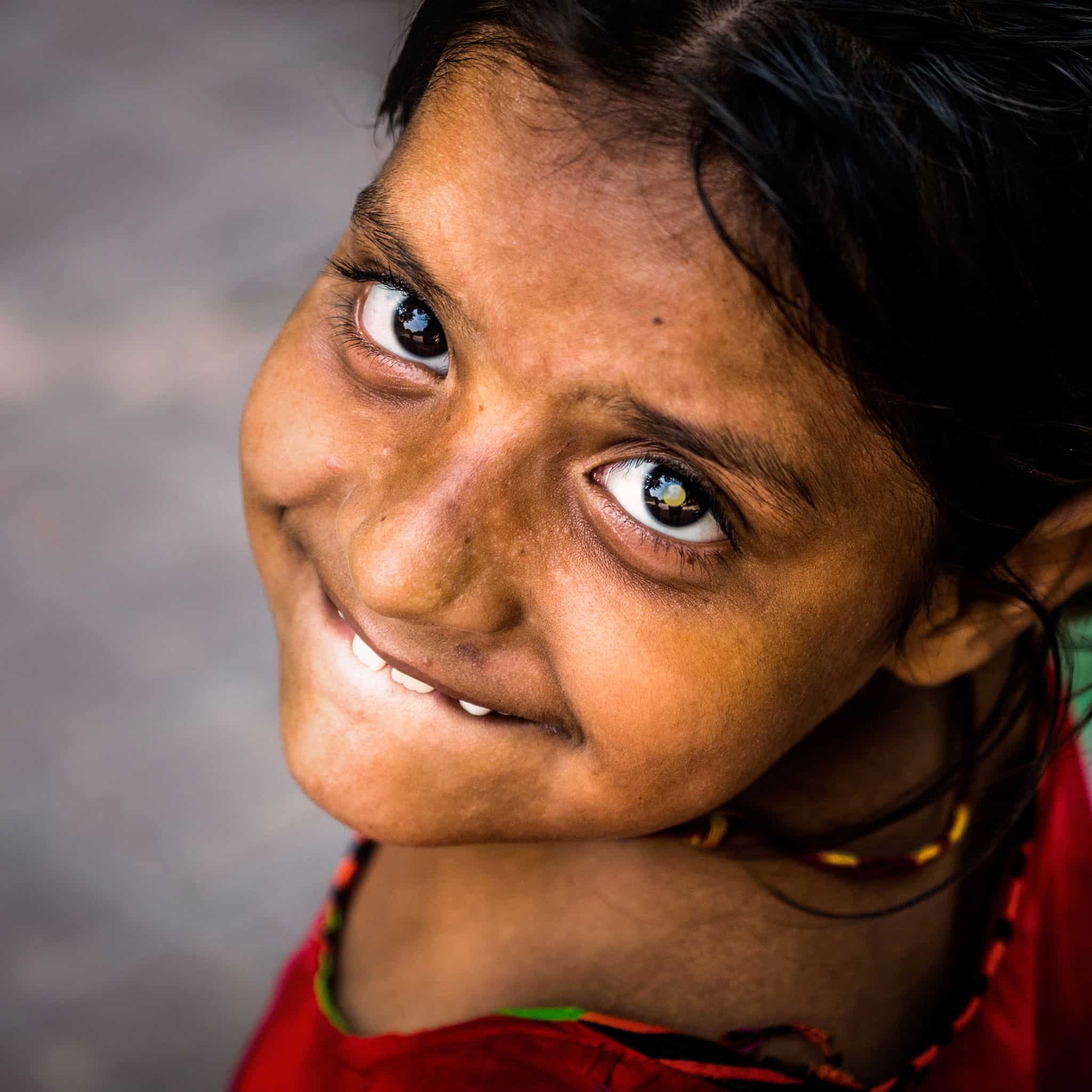
Narayana Nethralaya would like to see every child obtain the best treatment and ease the suffering caused to the child and family by this cancer. Our patients receive co-ordinated care with the pediatric oncology team at Mazumdar – Shaw Cancer Center to provide chemotherapy, focal therapy trans pupillary thermotherapy, subtenons chemotherapy stereotactic radiation and RB1 gene mutation screening. Our team of oncologists, pediatric, retinal and oculoplasty specialists can ensure that every child gets a wide range treatment under one roof. Determined to provide every access to treatment and a change of being cured of this dreaded cancer, Narayana Nethralaya provides the best treatment to children of underprivileged parents at subsidised/no cost.
The tumor is characteristically a white- yellow mass in the retina, which is described as endophytic when it grows into the vitreous and exophytic when a detached retina covers it. Retinoblastoma is caused by the inactivation of both the alleles of the RB1 gene, located at the 13q14 locus (longarm of the 13th chromosome).
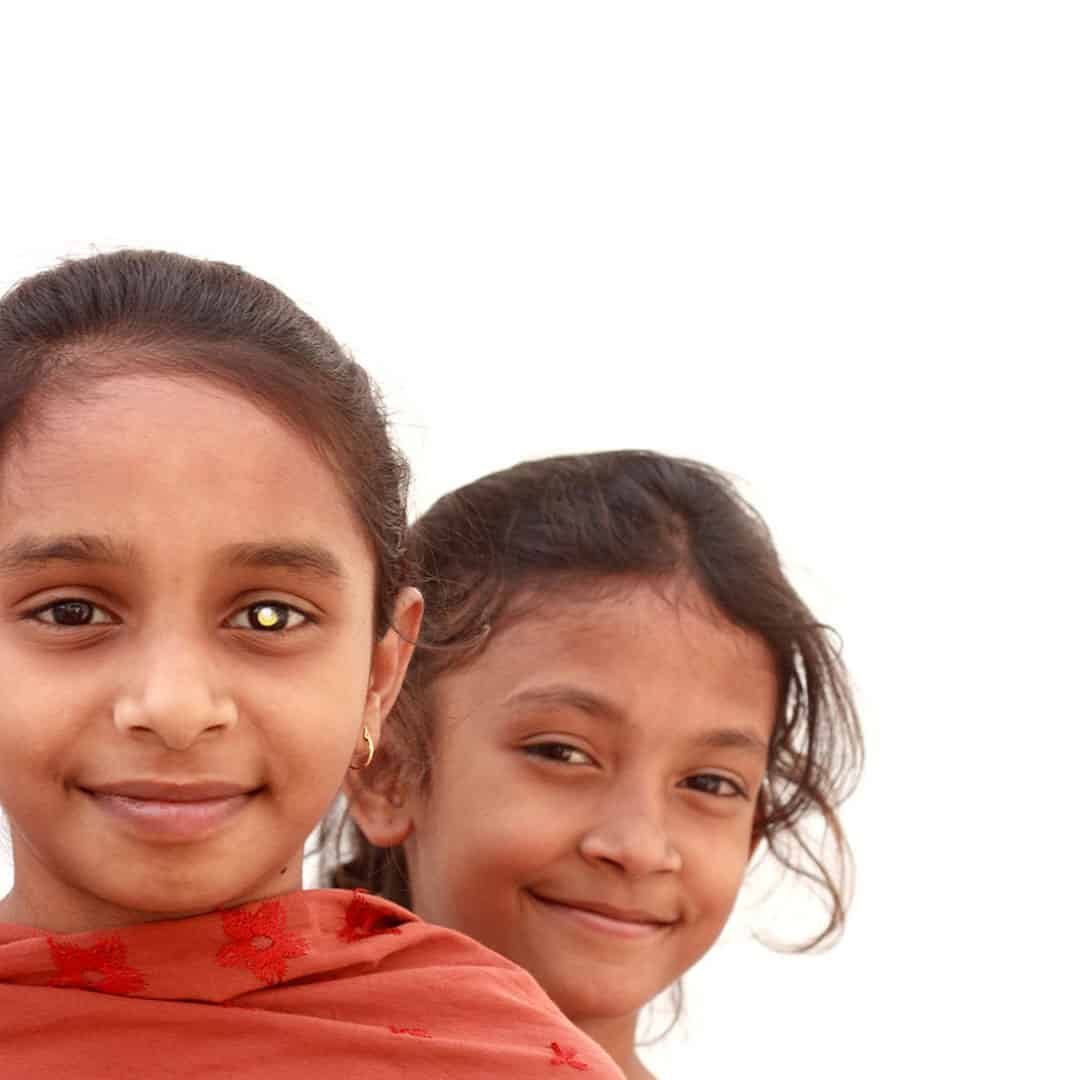
Symptoms of Retinoblastoma
A white reflex) behind the pupil
Squint eyes or crossed eyes (when both eyes does not look in same direction)
Investigations
The diagnosis of retinoblastoma relies mostly on the clinical examination. A radiological investigation is used for confirming the diagnosis in situations where the presentation of retinoblastoma is atypical. These investigations are currently very useful to detect the extent of disease, especially to detect optic nerve involvement. They also assist in detecting a primary neuro-ectodermal tumor. These are midline tumors in the brain, which sometimes arise from the pineal gland (called a pinealoma). The key investigations include Magnetic Resonance Imaging/ MRI, Computerised Tomography Scans/ CT Scans and B-Scan Ultrasonography.
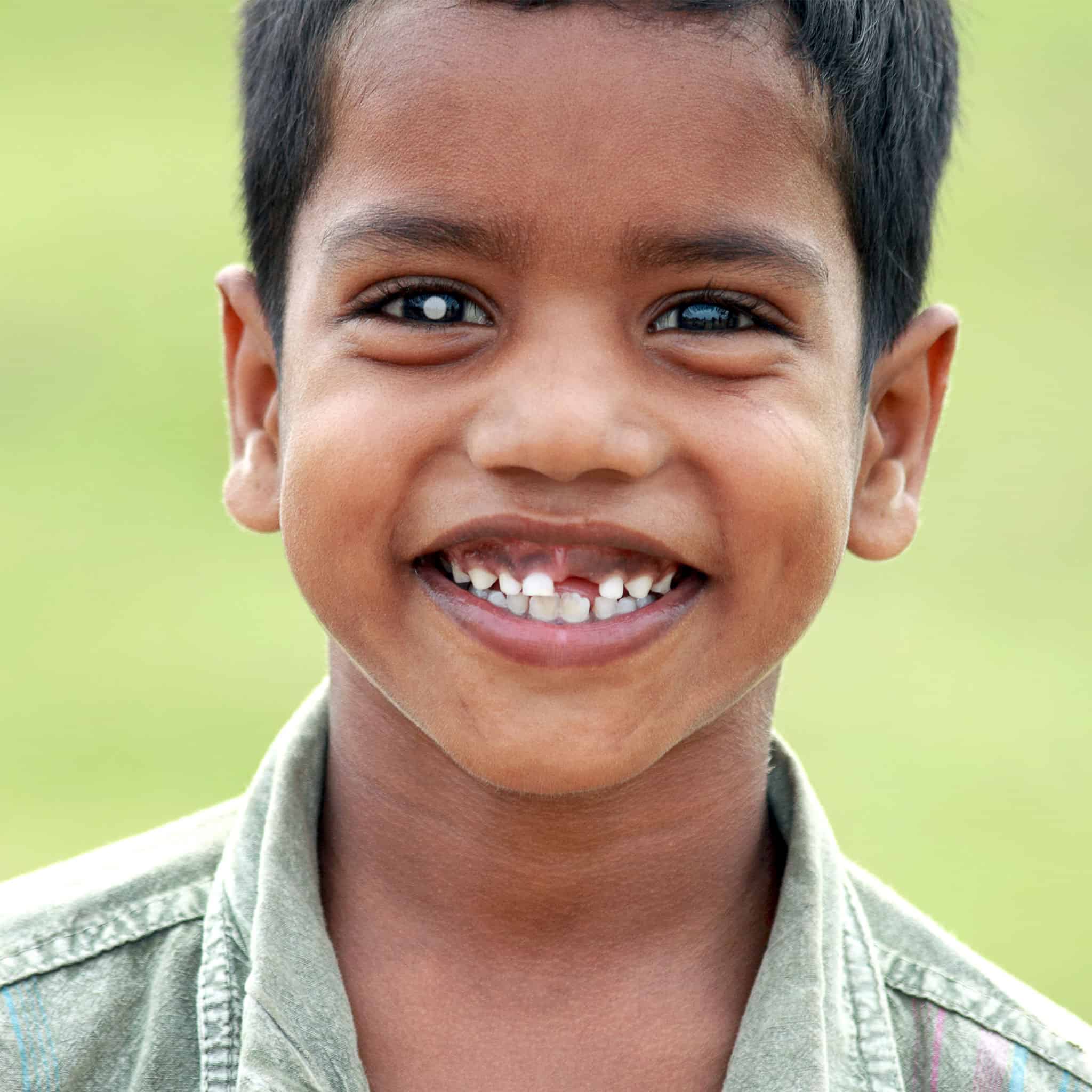
Treatment of Retinoblastoma
One way to rid the body of this cancer is to completely remove the affected eye. This treatment is usually reserved for those children that have advanced cancer affecting one eye. The fight against this cancer becomes even more complicated when both eyes are involved. In such a situation it is a formidable task to preserve the eye with better vision. If the tumour is detected early it may be treated by freezing or by laser for tiny tumors, and chemotherapy for moderately advanced ones.
However, if it is detected too late the child has to undergo surgery followed by many sessions of high-dose chemotherapy and radiotherapy. The current success rate for treatment is currently more than 95% when detected early.
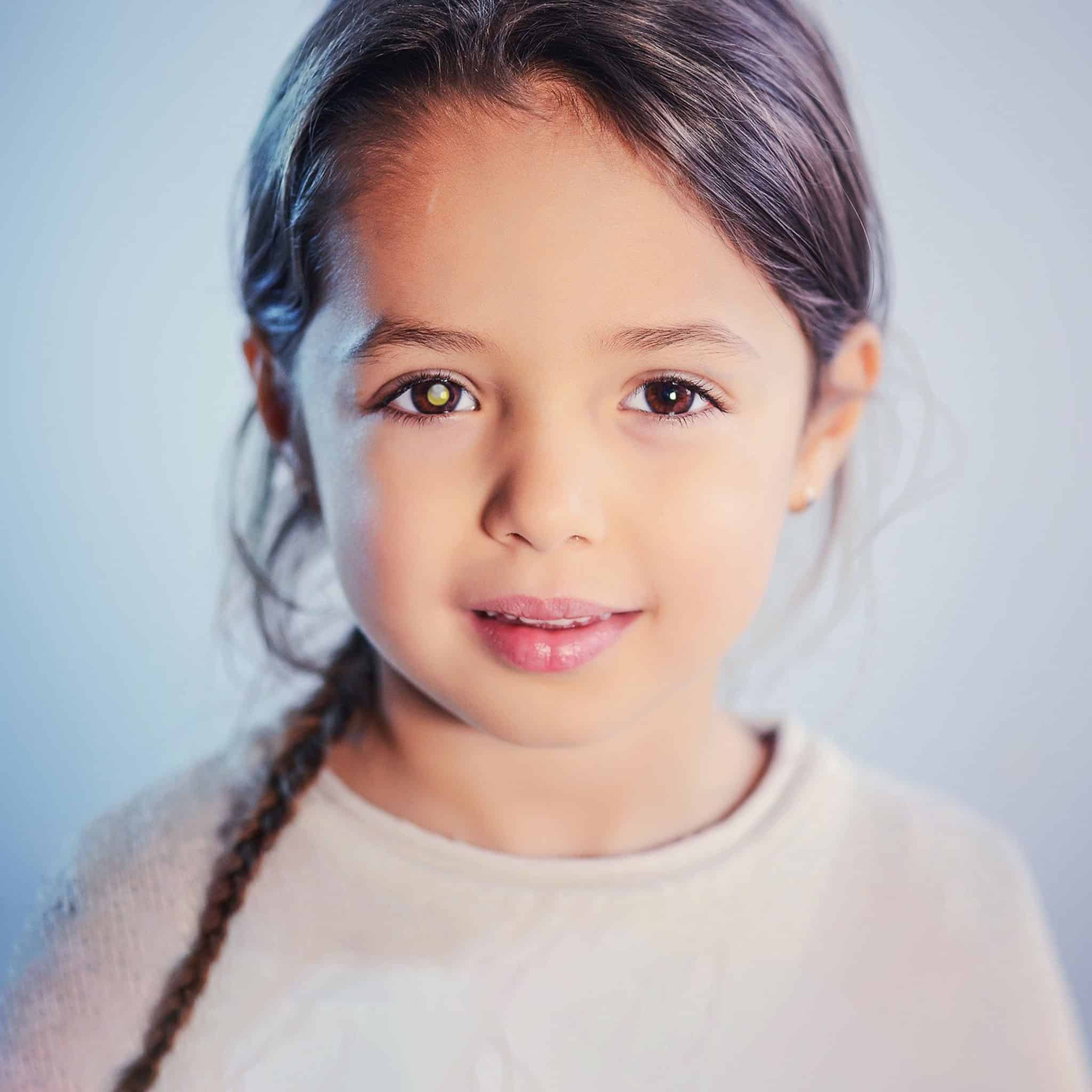
Psychological Support
Counselling the family and answering all the queries about eye cancer is an essential part of the treatment. We provide an able shoulder for the whole family. From our database, we can provide the contact details of other families from whom they can share information and obtain support. The family can also achieve a sense of security in the fact that they are not alone in their struggle against eye cancer.
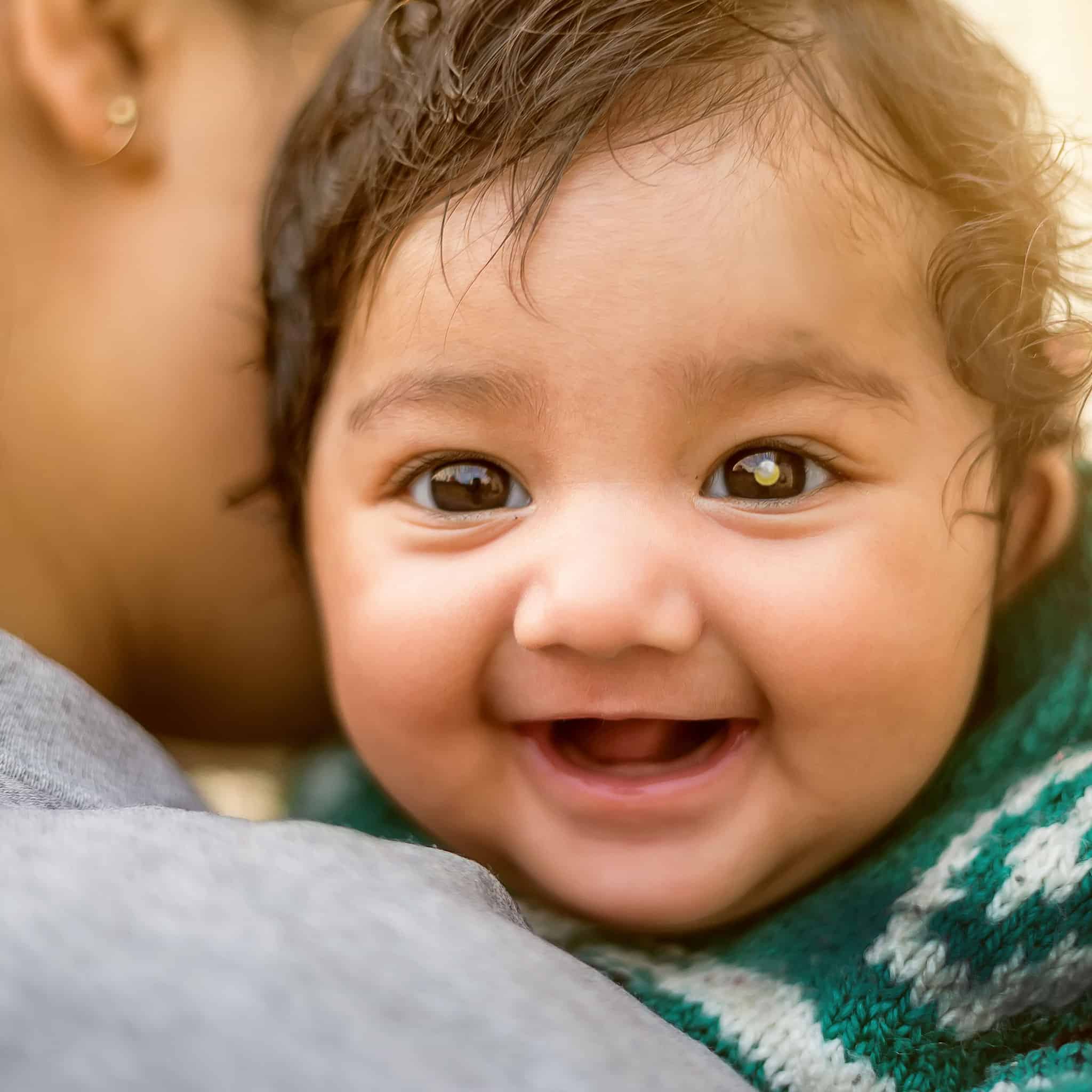
Genetic Counselling
In some cases the eye cancer runs in the family. Genetic analysis allows us to predict the chances of a brother or sister being affected. This information not only gives us the chance to detect the cancer early in the other members of the family, but also helps us talk to parents about a child they may have planned in their future.

Monetary support (with the help of Iksha foundation)
To a family, learning that their child has cancer is devastating. It is more distressful to learn that this life threatening cancer may take away vision from their child. Once they have come to terms with this, the treatment is both expensive and complicated. Every parent wants what is best for their child. This is sometimes beyond their reach. We would like to see every child obtain the best treatment and support. Our aim is to ease the suffering caused to the child and family by this cancer. We at Narayana Nethralaya believe that no child should be lost to retinoblastoma due to finanacial constraints. As and when needed, we guide you to sources of monetary support, from government and non – government agencies. Iksha foundation, in particular, gives a stellar contribution towards support of retinoblastoma treatment and works with Narayana Nethralaya.
It is unfortunate that there are still many who do not know about this life threatening eye cancer. We believe this cancer can be detected early and treated early only if the collective awareness about the cancer increases. We intend improving the awareness amongst both health professionals and the general public.
To know more/ to support our Retinoblastoma patients, please contact Retinoblastoma helpline: 91 9663387270

FAQ
Frequently Asked Questions
How common is Retinoblastoma?
Retinoblastoma is the third most common cancer seen in children occurring 1 in 20000 live births
Can Retinoblastoma be treated?
Effective treatment is available. 95% of affected children can be saved
How is Retinoblastoma treated?
It is treated with a combination of many techniques – surgery, laser, cryo, chemotherapy and radiation.
First, a thorough examination of the eye is done under anaesthesia to know the extent of the disease. In addition, examination of bone marrow and CSF and MRI is done to see if the cancer is only in the eye or whether it has spread elsewhere in the body. Depending on how advanced the cancer is, the doctor may use chemotherapy to shrink the tumour, then apply laser and cryo (freezing therapy). This is done over several sittings till tumour becomes inactive.
Some children may have very advanced disease and the eye has to be removed to save the life. However, with the newest techniques in artificial eye(ocular prosthesis) even such a child can have a near normal appearance. Chemotherapy and radiation may be given in addition, to ensure continued safety of the child.
The doctor always aims to save the life of the child. If the eye can be saved without putting the child in danger, the best efforts are made to save the eye.
What is the role of parents in the treatment of Retinoblastoma?
Commitment of parents is absolutely crucial for a good outcome. We encourage parents to speak to the doctor about how the treatment is progressing and what the next plan is. Repeated visits for examination (under anaesthesia or in clinic) are very important. Sticking to the schedule of treatment gives the child a much better chance for a favourable outcome.
What are the initiatives taken at Narayana Nethralaya for support of Retinoblastoma affected children?
Finding out their child has cancer is overwhelming for many parents. We have coordinators whose responsibility is to guide the parents through the complex process of staged treatment including scheduling and reminding appointments and guidance for other oncology chemotherapy and MRI appointments.
